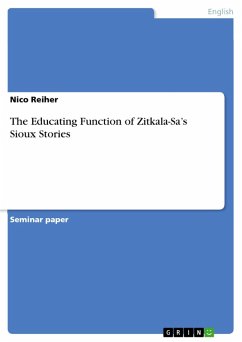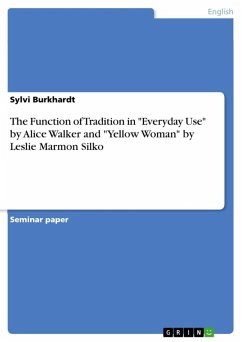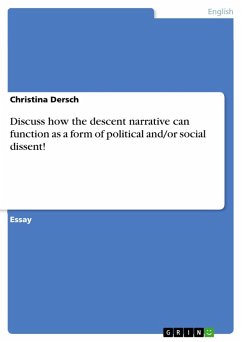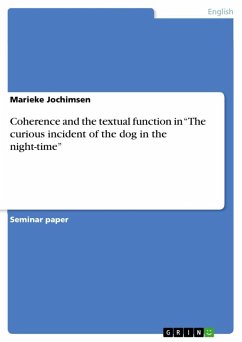Seminar paper from the year 2008 in the subject American Studies - Literature, grade: 2,0, Martin Luther University (Anglistik und Amerikanistik), course: Local Color in American Short Stories (1880-1920), language: English, abstract: What role does Native American oral literature play in the education of Native American children? What are the moral values and educational messages that can be found in short stories like Zitkala-Sa's "Iktomi and the Ducks"? Are there significant differences from the lessons that non-Native literature teaches children? This paper approaches these different questions by referring to several characters and plots featured in the narratives by Zitkala-Sa. First of all, the didactic messages involved in the stories demand a categorization of the large number of different narratives as the second chapter of the paper examines. Besides the didactic messages, the traditional manners of storytelling also play an important role for Native American adults and children. Special ceremonial customs related to the act of storytelling need to be analyzed. The third chapter of this paper focuses on the particular characters and actual examples of how proper behavior is conveyed by either serving as good or bad examples. Furthermore, the paper investigates the degree of importance and the need for traditional tales in the context of educating Native children. The character of the Indian trickster plays an essential role in these processes. After having prospected these aspects, one might also be able to evaluate the usefulness of Zitkala-Sa's Sioux stories for the education of non-Native children.
Dieser Download kann aus rechtlichen Gründen nur mit Rechnungsadresse in A, B, BG, CY, CZ, D, DK, EW, E, FIN, F, GR, HR, H, IRL, I, LT, L, LR, M, NL, PL, P, R, S, SLO, SK ausgeliefert werden.









